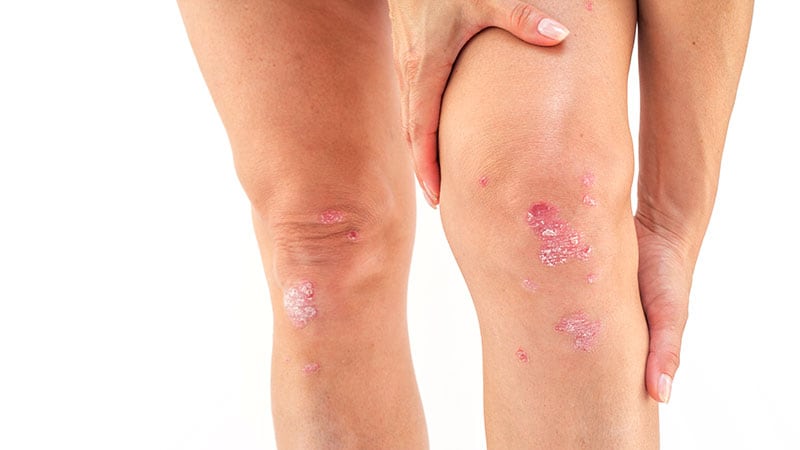Takeaway
- This study suggests that cutaneous psoriasis without joint involvement increases the risk of developing foot and ankle tendinopathy or enthesopathy by approximately 25%.
Why this matter
- Clinically foot and ankle tendinopathy are not experienced by a large proportion of patients with psoriasis.
- However, the finding suggests that patients with psoriasis may present with foot and ankle tendinopathy without necessarily having psoriatic arthritis.
Study design
- Study enrolled 78,630 patients with cutaneous psoriasis and 59,83,338 individuals from general populations using the UK general practice databases.
- Funding: Funded by a studentship from the Canadian Association of Psoriasis Patients and the Canadian Institutes of Health Research.
Key results
- Overall, 2631 (3.3%) patients with psoriasis developed foot and ankle tendinopathy compared with 1,47,919 (2.5%) individuals from the general population.
- Median time to develop foot and ankle tendinopathy or enthesopathy from diagnosis of psoriasis and the median age at psoriasis were 4.4 and 53.2 years, respectively.
- Patients with cutaneous psoriasis had a 25% increased risk of developing foot and ankle tendinopathy or enthesopathy vs general population (HR, 1.25; 95% CI, 1.20-1.30; P<.0001).
- After adjustment for covariates, psoriasis was a significant risk factor for the development of foot and ankle tendinopathy or enthesopathy (aHR, 1.25; 95% CI, 1.17-1.33; P<.0001).
Limitations
- Risk of cases misclassification.
- History of psoriatic arthritis excluded.
- Data on imaging findings, genetic or inflammatory markers were not included.
References
References



